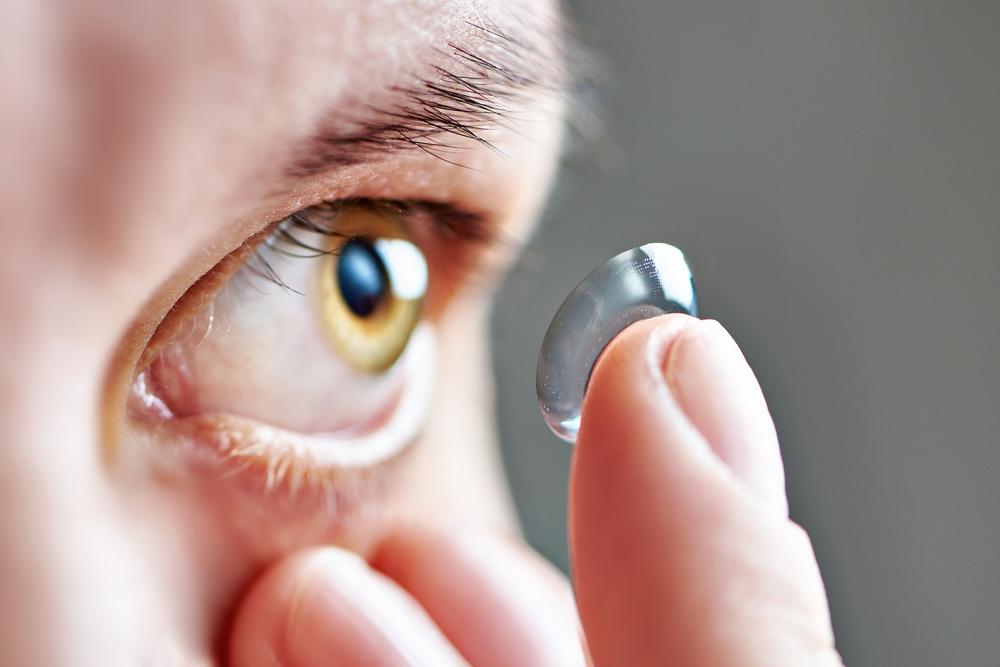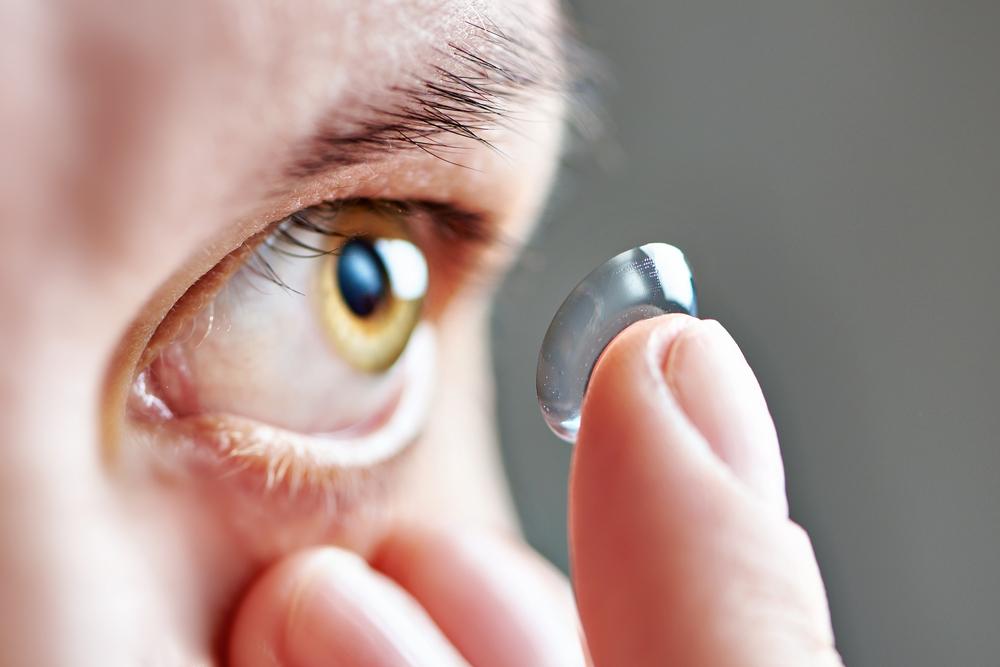Comprehensive Guide to Selecting and Maintaining Prescription Eyeglasses for Clear Vision and Style
This comprehensive guide delves into selecting and maintaining prescription eyeglasses, highlighting lens types, coatings, tips for choosing the perfect frames, and alternatives like contact lenses and LASIK. Perfect for anyone seeking clear vision combined with style, it offers expert advice to enhance your eye health and fashion sense.

Comprehensive Guide to Selecting and Maintaining Prescription Eyeglasses for Clear Vision and Style
Prescription eyeglasses are more than just a tool for correcting vision; they have become a vital accessory that seamlessly blends functionality with personal style. Whether you’re nearsighted, farsighted, or have astigmatism, choosing the right pair of glasses can significantly improve your quality of life. A well-chosen pair not only enhances your visual clarity but also complements your face shape and personal fashion statement. This comprehensive guide aims to walk you through the essential factors to consider when selecting prescription glasses, the different lens types available, how to care for them properly, and explore alternative vision correction options.
Why Are Prescription Glasses an Essential Part of Vision Care?
People experiencing vision impairment often struggle with everyday activities, from reading and driving to using digital devices. Prescription glasses are specifically designed to correct refractive errors by adjusting how light enters the eye, helping images focus correctly on the retina. They serve as an effective and non-invasive solution that restores clarity and comfort to your vision.
Understanding the importance of properly fitted and suitable glasses can transform your daily experience, reducing eye strain, headaches, and even preventing worsening of vision problems. As a critical element of eye health, investing in the right pair is essential for maintaining good eyesight and overall well-being.
Different eye conditions require specific lens adjustments. Nearsighted individuals need convex lenses that focus light inward to improve distant vision, while farsighted individuals require concave lenses that help in focusing on near objects. Correctly understanding these needs is crucial in selecting the optimal glasses that provide clear vision and long-term eye health benefits.
There are various lens types tailored to different needs and lifestyles. The main categories include high-index, progressive, and transition lenses, each offering unique advantages:
1. High-Index Lenses
These lenses are manufactured from lightweight, thin materials that make heavy, thick glasses a thing of the past. They are particularly suitable for individuals with strong prescriptions, providing comfort without compromising optical clarity. High-index lenses reduce the bulky appearance of traditional lenses, making your glasses look sleeker while giving you optimal visual correction.
2. Progressive Lenses
Designed with multiple focal points, progressive lenses provide a seamless transition between different vision needs—near, intermediate, and distance. Unlike bifocals or trifocals, these lenses do not feature visible lines, offering an aesthetic and functional advantage. They are ideal for multitasking and for people who require both reading glasses and distance correction in a single lens.
3. Transition Lenses
These innovative lenses adapt to lighting conditions, automatically darkening in sunlight and clearing indoors. Transition lenses eliminate the need to carry multiple pairs or switch glasses, providing convenience and eye protection against harmful ultraviolet rays. They are particularly beneficial for outdoor enthusiasts and individuals seeking a hassle-free solution.
Beyond these primary options, there are other specialized lenses to consider, depending on your lifestyle and preferences:
Aspheric Lenses – Offer a flatter, slimmer profile with a more natural appearance, reducing distortion.
Polarized Lenses – Minimize glare from reflective surfaces like water, snow, or roads, enhancing outdoor visibility.
Polycarbonate Lenses – Known for high impact resistance and durability, suitable for active users and children.
To maximize the benefits of your corrective lenses, various coatings can be applied:
Blue-Light Blocking Coating – Great for digital device users, reduces eye strain and potential sleep disruptions caused by screens.
Scratch-Resistant Coating – Extends the lifespan of lenses by preventing scratches and scuffs.
Anti-Reflective Coating – Minimizes reflections, glare, and eye fatigue, especially useful when driving at night or working on screens.
UV Protection – Shields eyes from harmful ultraviolet rays, protecting retinal health over time.
Tips for Choosing the Perfect Prescription Glasses
Selecting the right pair requires understanding your personal needs, face shape, and budget. Here are some expert tips to help you make an informed decision:
Know Your Face Shape – Oval, round, square, or heart-shaped faces each complement different frame styles. For example, round faces often look best with angular frames, while oval faces can pull off most styles.
Match Lens Types to Daily Activities – If you spend a lot of time outdoors, consider polarized or transition lenses. For digital device use, blue-light blocking coatings are beneficial.
Set a Realistic Budget – Glasses come in a wide price range. Determine your budget beforehand, factoring in lens material and coatings for a well-rounded choice.
Proper Maintenance and Care for Your Prescription Glasses
Ensuring the longevity of your eyeglasses involves proper care and handling. Follow these tips to keep your glasses in top condition:
Use a microfiber cloth and appropriate lens cleaning solution—avoid paper towels or clothing that can scratch lenses.
Handle glasses by the frames, not the lenses, to prevent smudges and damage.
Avoid placing glasses face down on surfaces; store them in a protective case when not in use.
Periodically check and tighten screws to maintain frame stability.
Schedule regular eye exams to ensure your prescription remains accurate and the fit stays comfortable.
Alternatives to Traditional Prescription Glasses
If glasses are not your preferred option, several alternatives can provide similar vision correction:
Contact Lenses – Discreet and convenient, contact lenses offer a natural look and wide field of view, but they require diligent hygiene and maintenance to prevent infections.
LASIK Surgery – A permanent solution that reshapes the cornea, potentially eliminating the need for glasses or contacts. However, suitability depends on individual eye health and consultation with a qualified ophthalmologist.
Choosing the right correction method involves weighing convenience, cost, lifestyle, and eye health. Always consult with your eye care professional to determine the best option for you.





